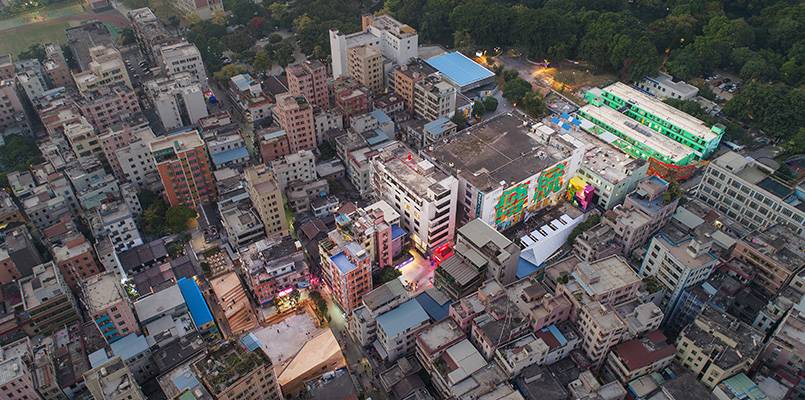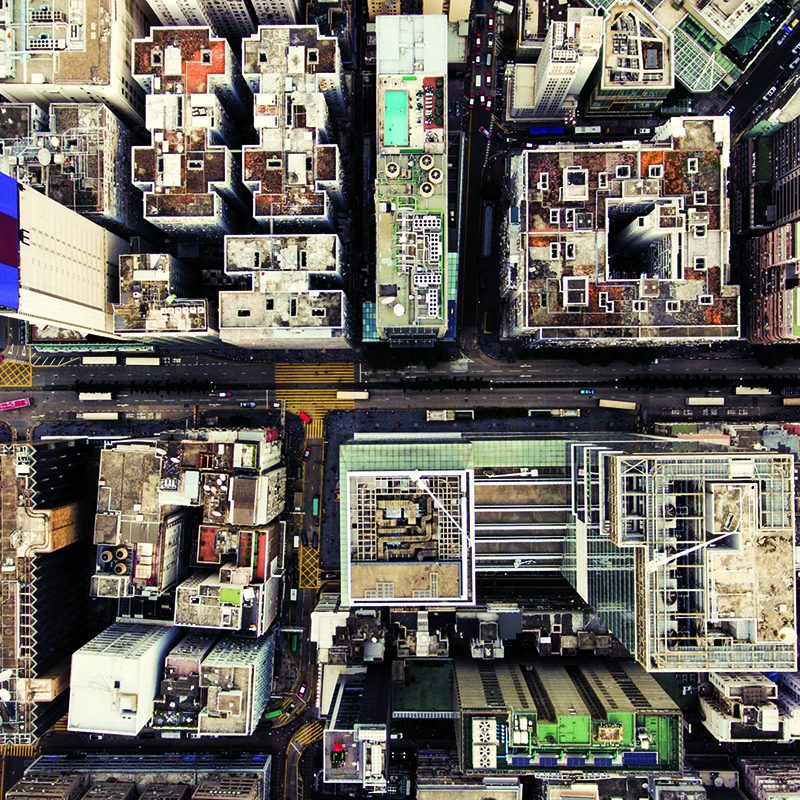China & India
April 22, 2019
HOW RURAL-URBAN MIGRATION SHAPES OUR BUILT ENVIRONMENT: A SPOTLIGHT ON CHINA & INDIA

In Asia, we are in the midst of a significant demographic shift, as rural populations flock to urban centres to share in the region’s economic rise.
As they do, they are radically transforming both the urban and rural landscapes. Some of the most drastic transformations are taking place in India and China, two of the fastest growing and rapidly urbanising populations in the world.
India and China are often discussed as polar opposites, both politically and culturally, and at face value, these differences have led to two different urban landscapes.
China
China’s internal migratory population of 274 million moves mainly to its major economic centres, creating three zones of high-intensity urbanisation: the Pearl River Delta; the Yangtze River Delta economic zone; and Jing-JinJi.
These are zones of continuous urbanisation, where cities blend together across provincial borders (the Pearl River Delta economic zone, for example, comprises nine cities). There is high-density development; even the suburban outskirts of Shanghai are dominated by high-rise apartment blocks.
Outside of these zones, there are a further 100 cities with populations over 1 million—and the country is still only 58 per cent urban.
India
In contrast, India’s urbanisation is spread more evenly across the country.
While growth is still concentrated in the major cities, smaller towns and mid-sized cities are seeing the fastest growth.
This is driven in part by a practice that urbz, an urbanism collective based in Mumbai, terms as “circular urbanism”. Through studying working-class residents in their neighbourhood of Dharavi, urbz found that most rural migrants maintain strong ties to their hometown, returning frequently and developing a dual-household family structure.
Rahul Mehrotra, founder of RMA Architects and a professor of Urban Design and Planning at the Harvard Graduate School of Design, also studies this condition in his research. He estimates that around 300 million people live in this state of flux, moving continuously between the rural and the urban, blurring the divide between the two conditions and creating a distinctive hybrid landscape.
To read the complete article, get your hardcopy at our online shop/newsstands/major bookstores; subscribe to FuturArc or download the FuturArc App to read the issues.
Previously Published Commentary
Contact us at https://www.futurarc.com/contact-us for older commentaries.


